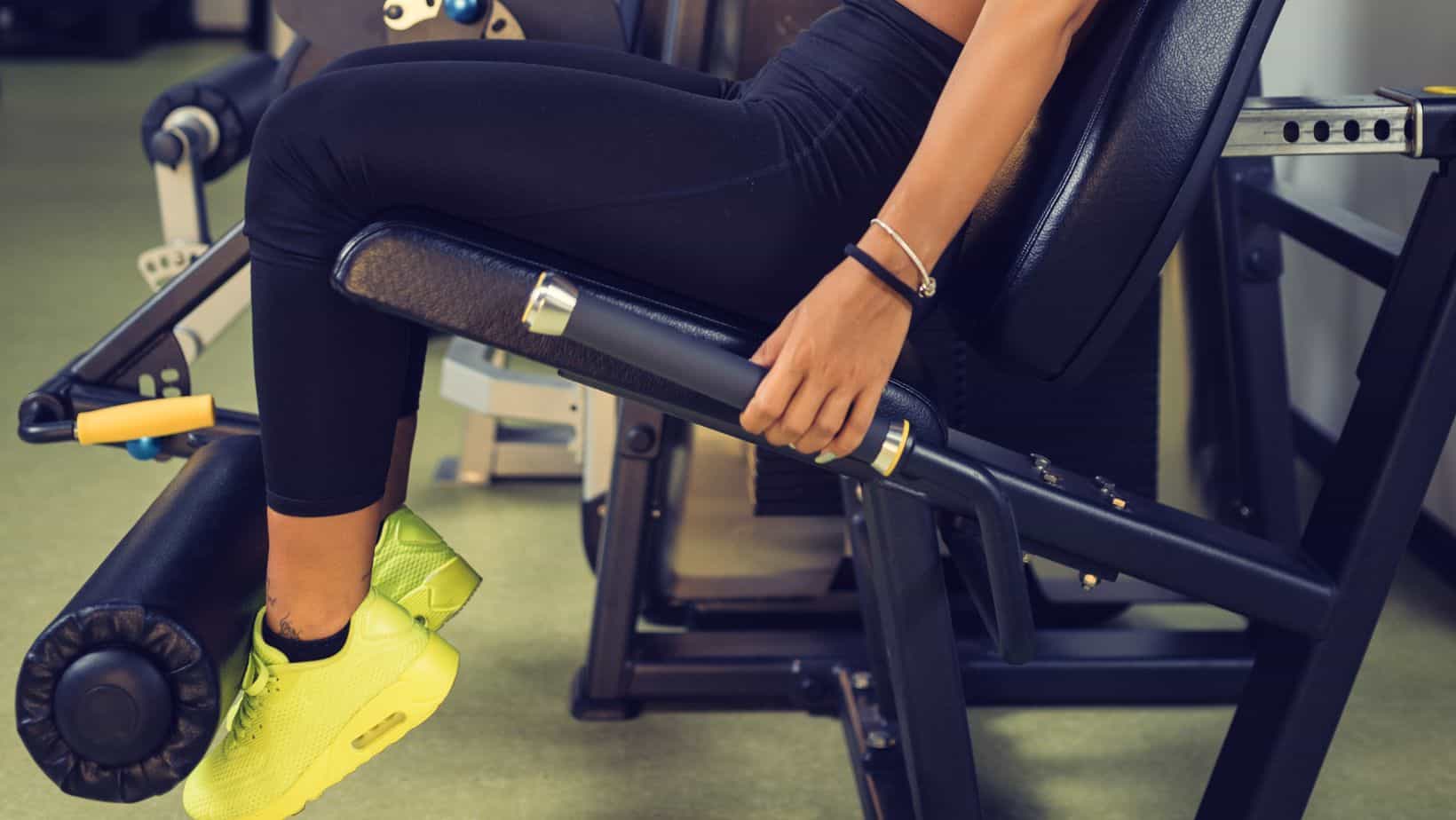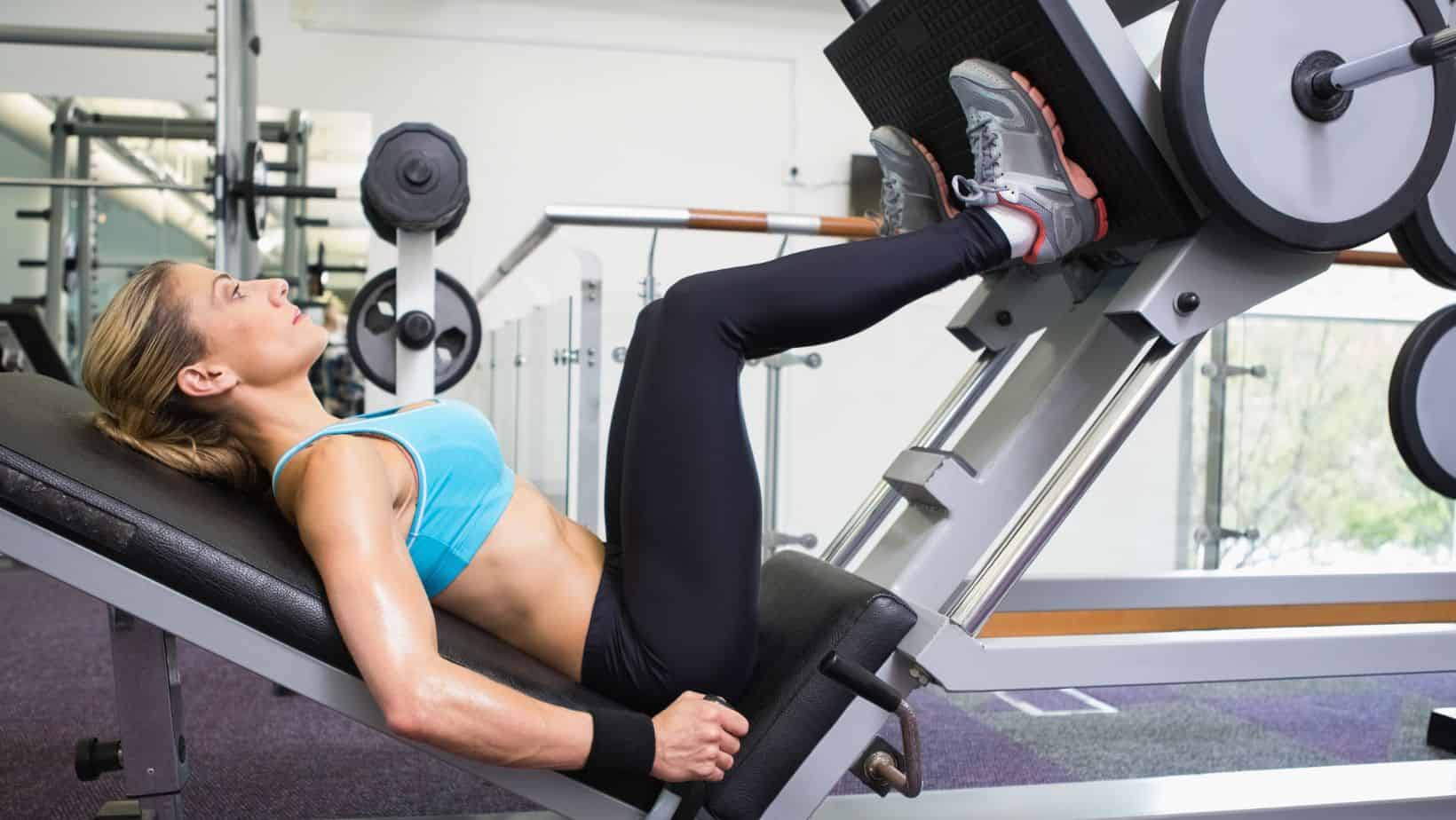Housemaids Knee (Prepatellar Bursitis)
Read More >
Quadriceps tendonitis is a painful condition felt at the front of the knee. It is also known as tendinopathy. Learn more about Quadriceps Tendonitis: Symptoms, Causes and Diagnosis. Rehabilitative exercises are a key component for the recovery of quadriceps tendonitis.
There are two categories of rehabilitative exercises: pain-relieving and strengthening exercises. It is essential to pay attention to both to get on top of symptoms and reduce the healing time as much as possible to fix the issue and prevent it from recurring.
Isometric exercises, which are static contractions of the muscle, can be an effective way to get pain relief with tendonitis. Isometric exercises are effective in several studies on the patella and Achilles Tendinopathy. Research with a group of volleyball players with patella tendinopathy showed a significant pain reduction after a single exercise session.
Five sets of 45-second isometric contractions at 70% maximum voluntary contraction produced a staggering pain reduction from an average of 7/10 to 0/10. This pain relief was sustained for at least 45 minutes after the session in this research study.

This contraction can be done either on a knee extension machine, using a resistance band, or a wall to push against. A or using a leg press or squat position are also options.
The knee must be held against the resistance for 45 seconds in a mid-bend position. A short break of a few minutes is taken then the process is repeated 4-5 times. This can be done 1-2 times daily.
The difficulty with this exercise is finding the optimal load to produce this analgesic effect. If the resistance is too low, it will not be effective, and if it is too high, it may aggravate symptoms.
It is, therefore, advised to start below the estimated level of tolerance and increase the resistance gradually over several sessions until the optimum resistance is found.
There has been a change in the selection of rehabilitation protocols in the past few years for tendonitis. Research has shown a better effect of heavy and slow resistance training in both eccentric and concentric directions as compared to eccentric exercises alone. Previously, there has been a trend of using eccentric exercises and avoiding the concentric phase.
With an eccentric exercise, a muscle works as it lengthens; think of the lowering movement of the biceps curl. With a concentric exercise, the muscle works as it shortens; think of the upward movement of a biceps curl.
As quadriceps tendonitis is a less common form of tendonitis, other areas have been researched more. The most similar tendon is the patella tendon, for which much research has been done.
The conclusions of the current research is that short and long outcomes with the heavy, slow resistance protocols were better for both patient satisfaction and pathological improvement, as compared to the other groups.
In practical terms, this rehab protocol entails 3 strengthening sessions per week. We recommend using 4 sets of slow repetitions of leg press, hack squat and squat exercises. 6-15 repetitions should be completed.
To start with, lower weight and higher repetitions should be used and weight should gradually increase as repetitions are lowered.
This is heavy strength training and is, therefore, not appropriate for everyone. For a healthy and fit population, this is highly effective.

An overload of the tendon causes tendonitis. Therefore, the tendon mainly needs relative rest between periods of training and loading. Stretching and flexibility exercises such as foam rolling can be helpful for symptom relief.

Stretching does not play an essential role in recovery. However, any additional load, even from the muscle being tight, can exacerbate the issue and may increase pain.
Some people find stretching gives them pain relief. However, others report aggravation of pain. So, it should be done cautiously and a pain response monitored.
Stretching can be more helpful in preventing tendon injuries. For healthy, non-injured tendons, static and ballistic stretching can increase tendon elasticity and have a positive effect on passive resisted torque and tendon stiffness, reducing injury risk.
Foam rolling is another useful alternative to stretching for relaxing a muscle.
This article is written by James McCormack, a Lower Limb Specialist who is an expert in treating Quadriceps Tendonitis.
This is not medical advice. We recommend a consultation with a medical professional such as James McCormack if you are experiencing any of the symptoms discussed in this article. James offers Online Physiotherapy Appointments weekly and face-to-face appointments in his London clinic.
How long does it take to heal?
The healing time of a tendon is around 3-4 months. Physiologically this is the time it needs under healthy conditions with the right stimulation that the tendon needs to fix. Recovery will take longer if conditions are not ideal, such as if there are frequent aggravations or flair-ups by overdoing it. Therefore it may feel frustrating but it is important to be patient for follow the gradual recovery process. Small incremental increases will produce a steady improvement. Larger jumps in weight, load or volume will risk a flair-up.
Can I exercise with quadriceps tendonitis?
You should avoid any exercise that causes an increase in pain in the tendon for more than 1-2 hours after the activity. These activities that cause aggravation for this prolonged period are not tolerated by the tendon and are not going to have the desired effect of stimulating the correct recovery.